Sport climbing is a pursuit that demands precision, endurance, and the right gear to maximize performance. At the foundation of every climber’s gear list is a good pair of climbing shoes. With so many models on the market, choosing shoes that meet the specific challenges of sport climbing can be daunting. This ultimate guide will lead you to the best sport climbing shoes, taking into account fit, function, and durability for a safe and enjoyable climb in 2024.
Understanding Climbing Shoe Basics
Essential Characteristics of Climbing Shoes
When selecting sport climbing shoes, focus on features like grip, sensitivity, and fit. Shoes with a snug fit improve precision on small holds, while a grippy rubber sole helps you maintain contact with the rock. An asymmetrical shape can also enhance performance on overhangs and tricky maneuvers.
Differentiating Climbing Styles and Shoes
Different climbing disciplines require different shoes. For sport climbing, where routes are typically steep and more aggressive, a downturned (or “cambered”) toe and tight heel are beneficial. These shoes give you more power and precision, which is crucial in sport climbing versus flat-soled shoes, which are better suited for longer, multi-pitch climbs.
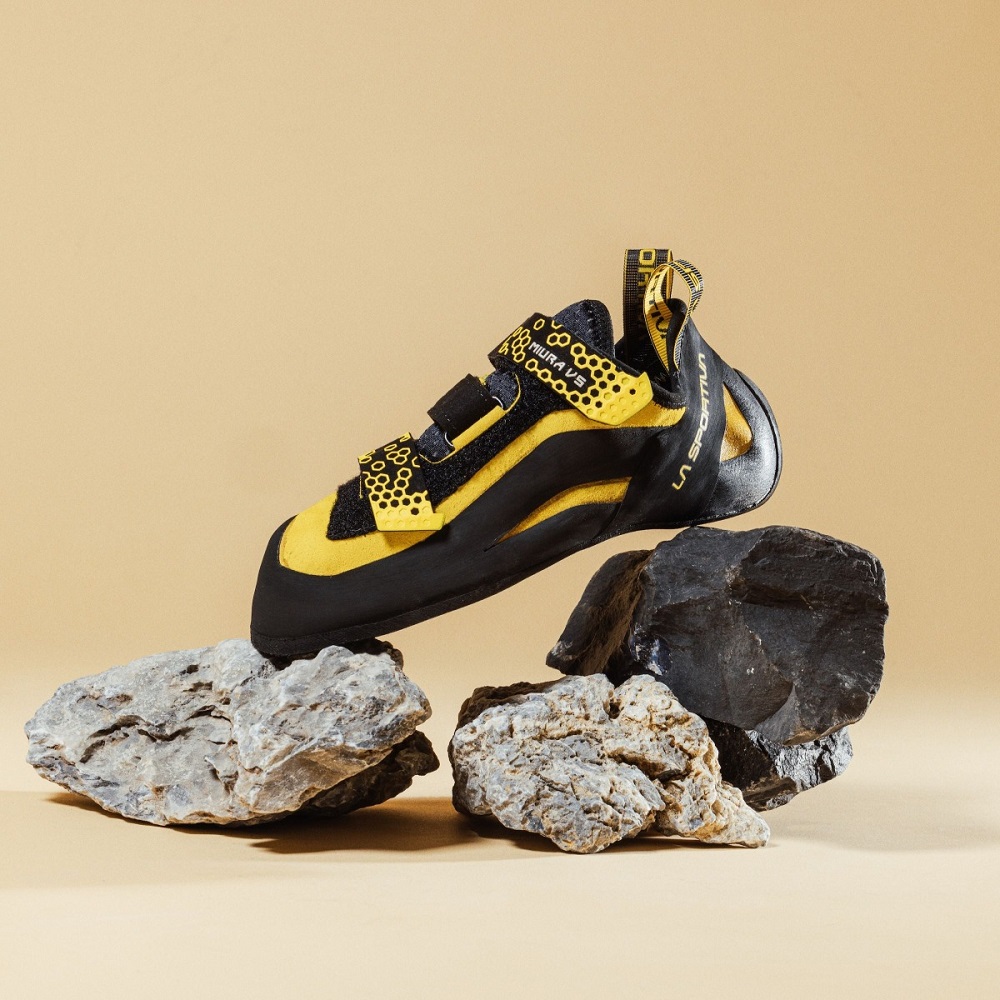
Prioritizing Fit and Comfort
The Importance of a Perfect Fit
A correct fit is vital in climbing shoes, as it directly impacts your ability to climb effectively. Sport climbing shoes should be tight but not painfully so, allowing for maximum control and sensitivity. They should conform to your feet, leaving no dead space or causing bunching of the material.
Break-In Period and Stretch
Most climbing shoes will have a break-in period as they mold to the shape of your foot, especially those made from natural materials like leather. Synthetic materials, while less prone to stretching, provide consistent performance from the first wear. Keep this in mind when trying on and selecting your size.
Advanced Shoe Features for Competitive Climbing
The Role of Aggressive Shoe Designs
Aggressive shoes are distinguished by their downturned shape, which ensures maximum power transfer to the toes for precise placements on tiny holds. A model like La Sportiva Solution or Scarpa Instinct VS is engineered for the gymnastic moves often found in competitive sport climbing.
Enhanced Features for Improved Grasping Ability
Look for shoes that offer features like rubber heel cups for secure heel hooks, rubber toe patches for toe hooks, and lace or Velcro closures for a custom fit. These can make a significant difference in stability and adaptability on dynamic moves and complex routes.
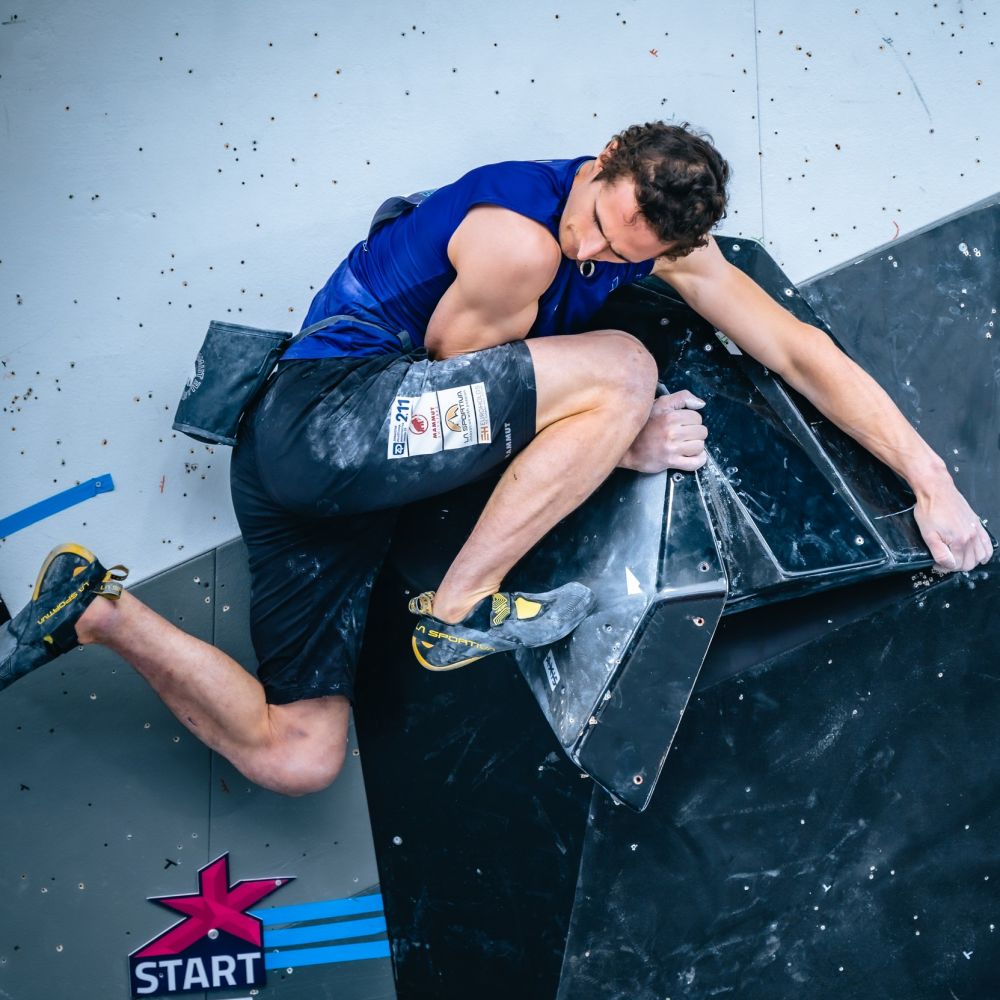
Balancing Performance with Shoe Longevity
Durable Materials for Lasting Wear
Durability is crucial when investing in a good pair of sport climbing shoes. Choose shoes with robust rubber soles and reinforced areas that are prone to wear, like the toe box and rand. A resoleable shoe could also be a wise choice, extending the life of your footwear significantly.
Quality Construction Equals Reliability
Reliable shoes come from quality construction. Brands with an established reputation in the climbing industry, like Five Ten or Evolv, are renowned for both their craftsmanship and their shoes’ capability to withstand the demanding nature of sport climbing while maintaining high performance.
Enhancing Your Climbing with the Right Shoe Choice
Shoes Tailored to Climbing Environments
Whether you’re on indoor walls or outdoor crags, the right shoe will make all the difference. Shoes like the comfortable Miura VS from La Sportiva excel on technical outdoor routes, while softer shoes like the Five Ten Hiangle perform well on the volumes and diverse holds typical of modern indoor routes.
Listening to Experienced Climbers’ Recommendations
Engage with the climbing community for suggestions and reviews. Veteran climbers can offer insight into the shoes that have worked well for them in similar climbing conditions. Online forums, local climbing gyms, and climbing events are all good sources for recommendations.
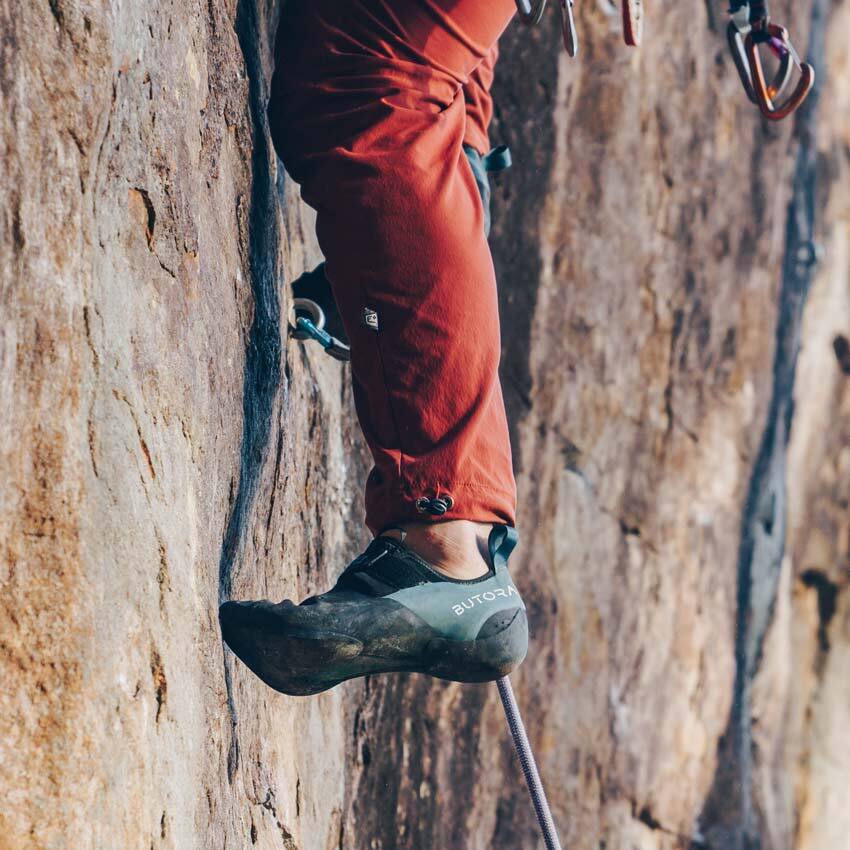
Making Informed Decisions for Climbing Shoe Purchases
The Role of Expert and User Reviews
Before buying, consult expert and user reviews. Analyzing feedback from a variety of climbers will provide a more comprehensive view of a shoe’s performance. Websites like OutdoorGearLab and blogs dedicated to climbing gear offer in-depth analyses and comparisons.
Try Before You Buy When Possible
If you can, try on different pairs before making a purchase. A climbing gym often has demo pairs, and climbing festivals might offer trials as well. The shoes that feel best on your feet and perform well during a climb will likely be your best bet for sport climbing success.
Essential Features of Sport Climbing Shoes
Selecting for Sensitivity and Support
The sweet spot in sport climbing footwear is a balance between sensitivity to feel the rock and support to push on small holds. When assessing shoes, evaluate the thickness and stiffness of the sole—thin for sensitivity, thicker for support. Rubber compounds also play a role, with softer rubbers often providing better grip.
Emphasizing the Shoe’s Shape and Closure System
The shape of climbing shoes—from flat to aggressively downturned—corresponds to the type of climbing at hand. Sport routes that are vertical or overhanging benefit from a downturned shape for powerful toe-hooking. Consider the closure system as well: laces can offer a custom fit, whereas Velcro straps allow for quick adjustments between climbs.
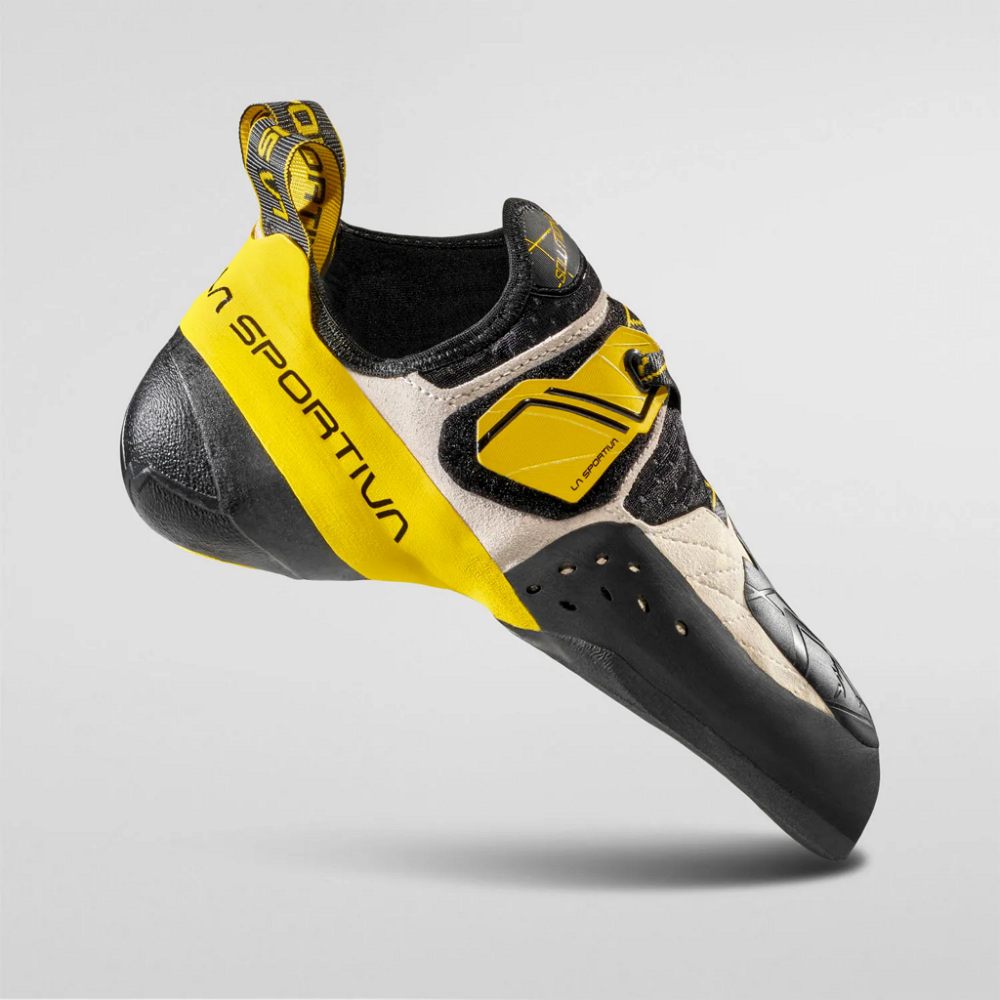
The Delicate Dance of Climbing Shoe Fit
Climbing shoe sizing can be a perplexing affair, with many climbers opting for a fit one or two sizes below their street shoes. While snugness is key, overly tight shoes can hamper circulation and climbing stamina. Try on various sizes to find the best compromise between a secure fit and comfort—a crucial step for prolonged climbs.
Accounting for Foot Anatomy and Shoe Stretch
As you try on different climbing shoes, keep in mind the unique shape of your feet—width, arch height, and volume all affect fit. Leather shoes will stretch more over time compared to synthetic ones, so size them accordingly. An initially tight leather shoe might become a perfectly molded climbing tool after several sessions.
Advanced Features for Superior Climbing Precision
Leveraging Rubber and Rands for Edge Work
The rubber on the toe and the tension in the rand can boost edging performance—a vital element in sport climbing. Seek out shoes that offer a precise edge for standing on micro-holds. The design and placement of the rubber can enhance your ability to use even the slightest irregularities in the rock to your advantage.
Advanced Heel and Toe Features for Complex Moves
Sport routes often require inventive movement. Shoes with well-designed heels can secure heel hooks, and rubber toe patches aid in toe hooking. Look out for shoes that provide ample coverage in these areas, which can mean the difference between sticking a move and peeling off the wall.
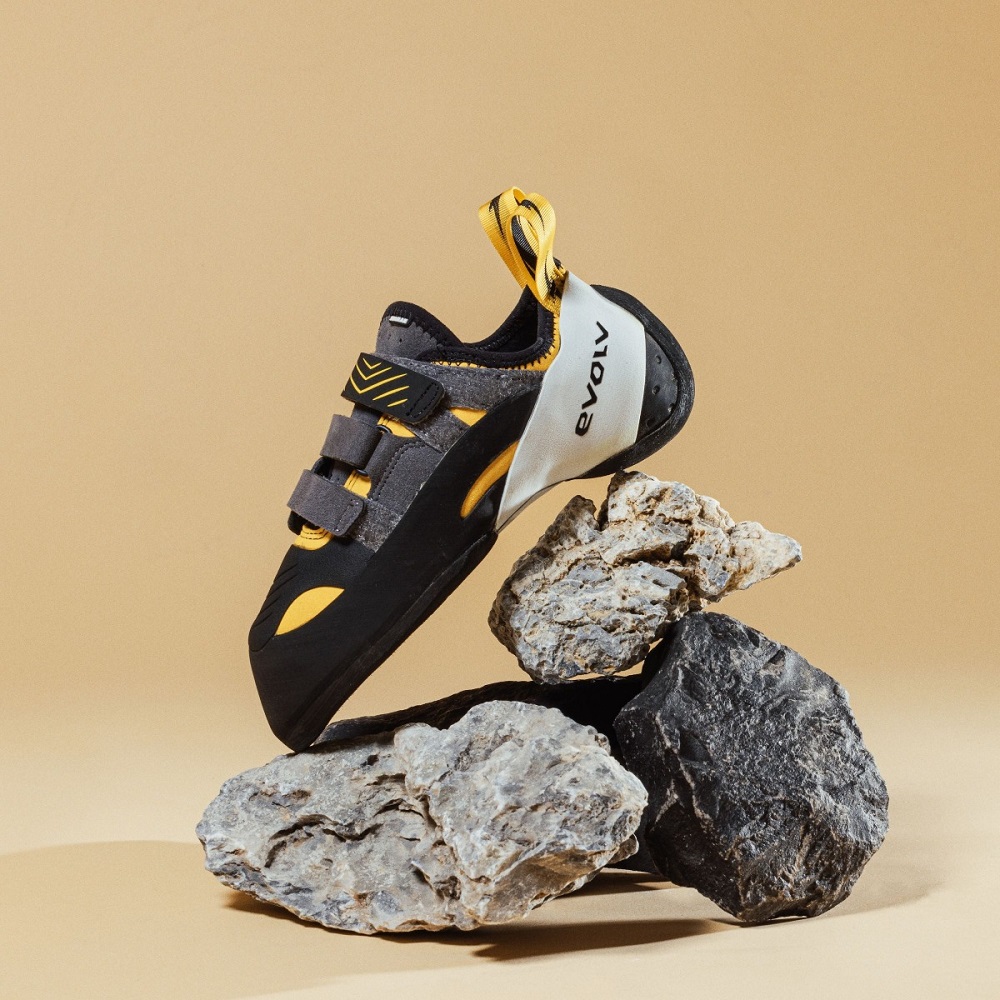
Longevity and Maintenance of Climbing Shoes
Balancing Wear with Care
High-performance shoes tend to use softer rubber which offers fantastic grip but can wear down quickly. To extend the life of your shoes, save the high-end models for performance days and use a sturdier pair for regular training. Regular cleaning and avoiding asphalt will also prolong their life.
Recognize When to Retire or Resole
Even the best-maintained climbing shoes will wear out eventually. Keep an eye on the sole and toe area for signs of significant wear. Resoling is a cost-effective way to revive a beloved pair, but if the integrity of the upper is compromised, it’s time to invest in a new pair.
Customization and Personal Preference
Championing Individual Needs in Shoe Selection
Climbing shoes come in unisex and gender-specific fits, accommodating a broad spectrum of foot shapes. Additionally, brands offer customization options like customizable tension systems or heat molding. Consider these offerings if you’re looking for a fit tailored to your needs.
Trusting Your Instincts and Experience
Trial and error are part of the climbing experience, including in choosing your gear. As you climb more, your preference for certain fits or features will become clear. Trust your instincts and learn from each shoe choice, refining what works best for your climbing style.
In summary, choosing the best sport climbing shoes requires consideration of many factors: fit, performance features, durability, and expert consensus. Prioritize shoes that offer support for aggressive moves typical in sport climbing while ensuring a snug and comfortable fit. Look for durable materials and well-constructed designs to get the most out of your investment. Lastly, by taking advantage of the collective experience and reviews within the climbing community, you can select a pair of climbing shoes that will enhance your performance on the wall or crag. Whether you’re a beginner or a skilled climber, this guide aims to lead you to the best shoes that match your climbing ambitions.
